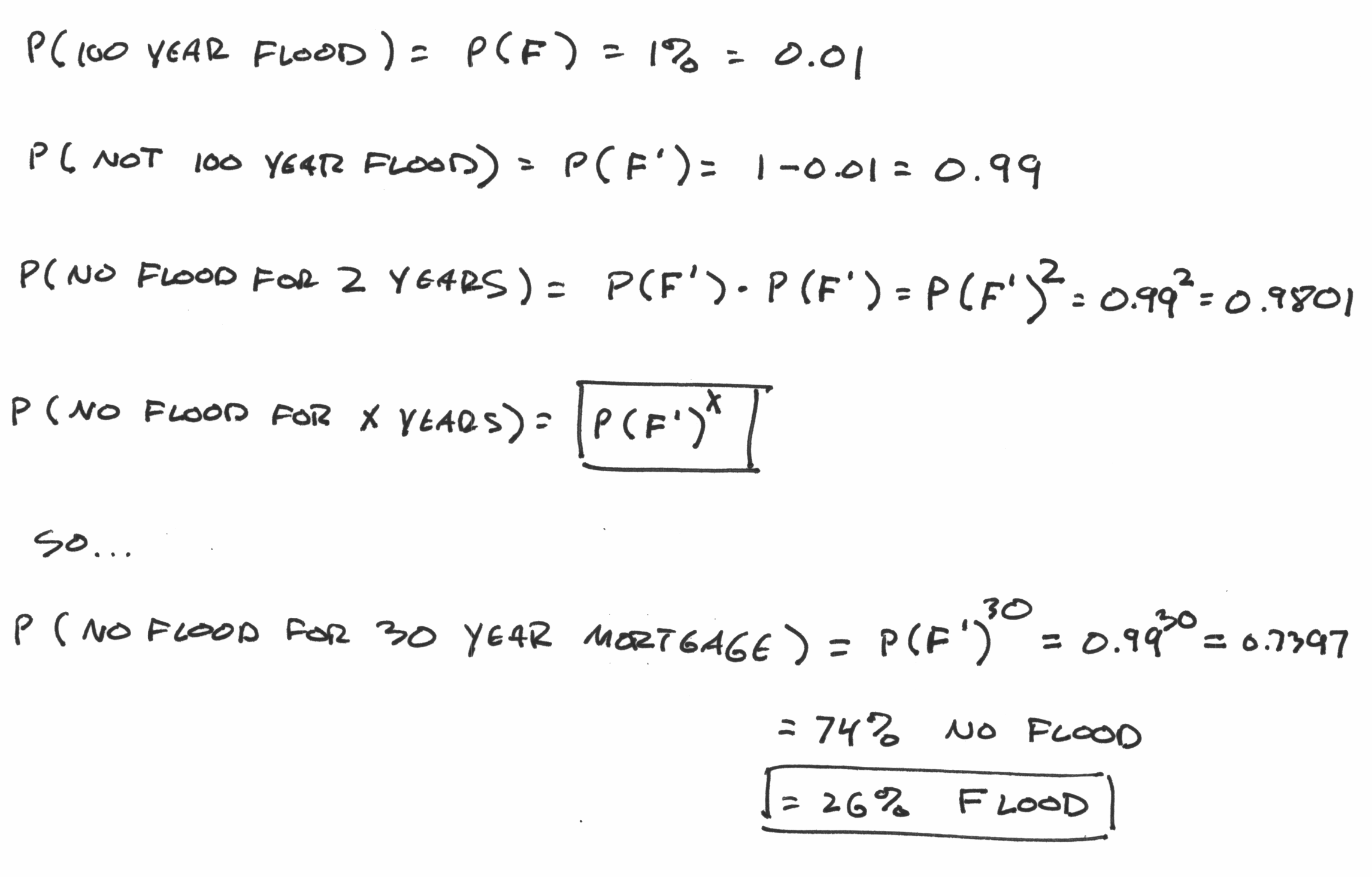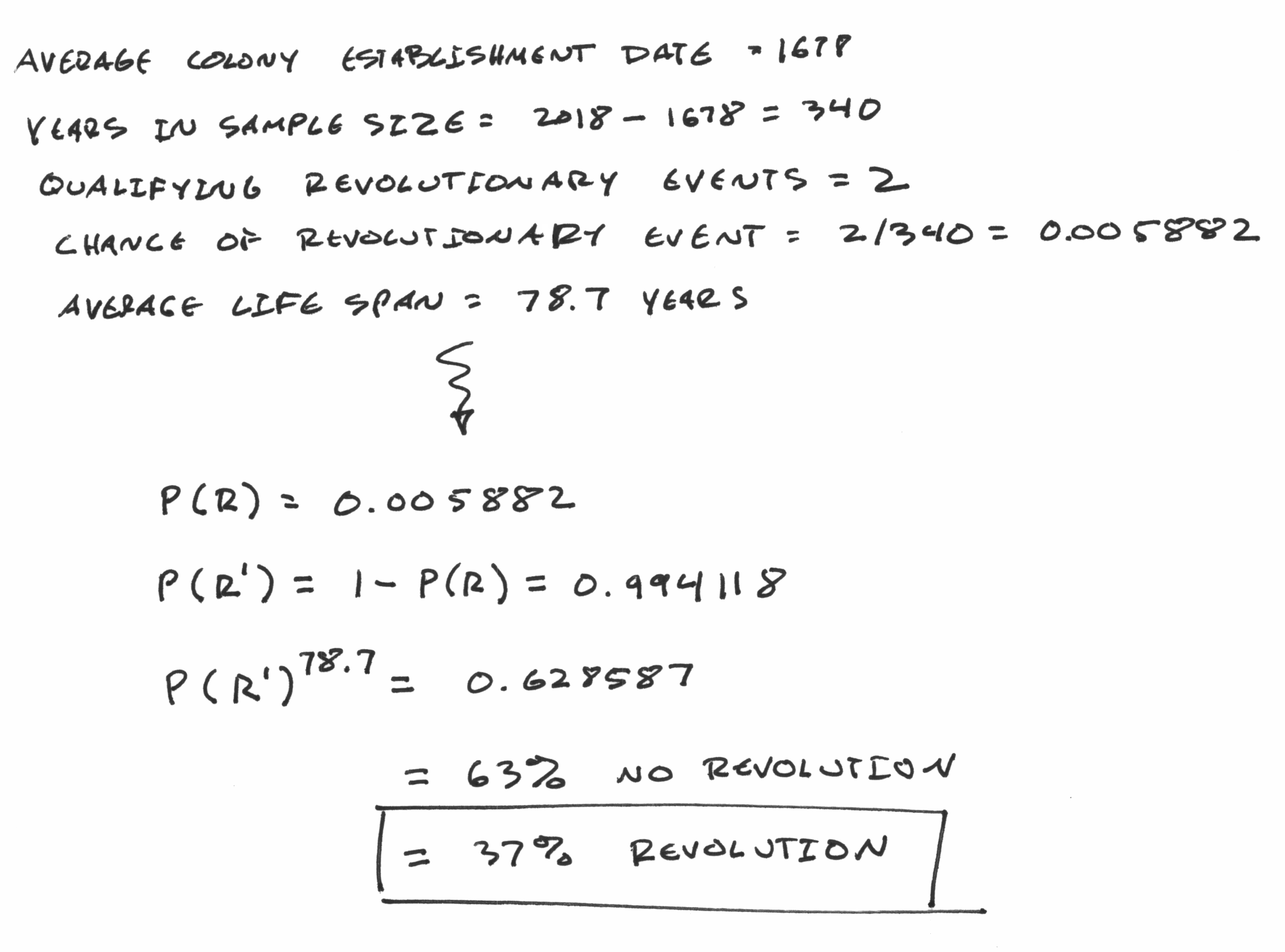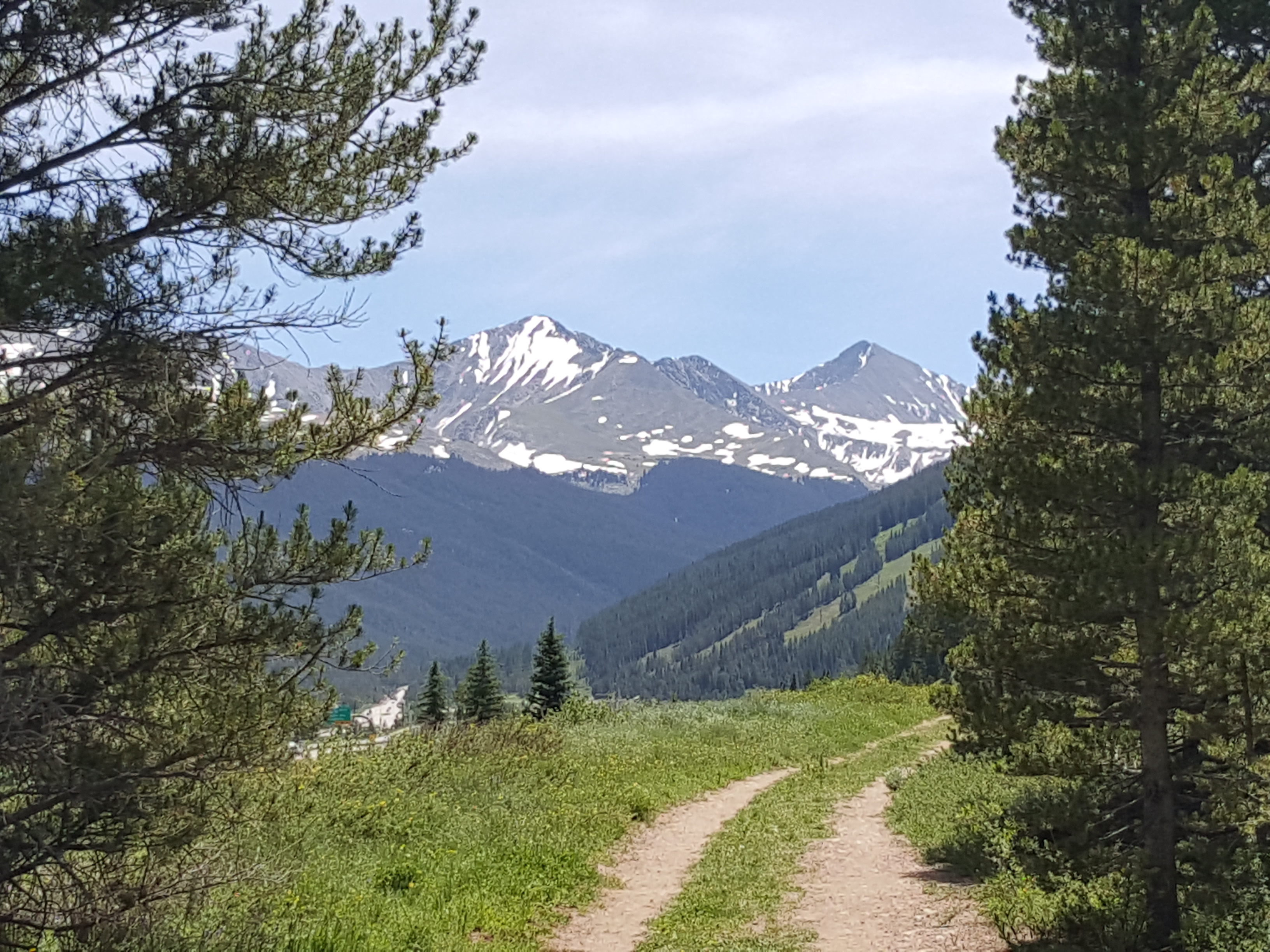I’ve wanted to point this article out for awhile now.
The Surprisingly Solid Mathematical Case of the Tin Foil Hat Gun Prepper
BJ Campbell is a hydrologist. A stormwater hydrologist to be precise. He studies water cycle patterns related to extreme (and rare) weather events that are likely to cause equally extreme flooding and damage. He then gives this data to planners who use it to determine how to take care of flooding within a given community.
How does this relate to mass unrest or a mass shooting event? The answer is in the mathematical application of risk.
Advertisement — Continue Reading Below
To determine a floodplain boundary, we first identify a “storm event” that concerns us. We use historical rainfall data and some statistical magic to calculate the worst storm event a place is likely to experience in a 100-year time span, probabilistically speaking, and we call that the “100-year storm.” There’s a push in the field to quit calling it that, because it confuses the muggles, so now we often say something like “the storm which has a 1% chance of happening in any given year.” Then we take that rainfall data, judiciously apply more math, and turn it into a flow rate in a river. Then we do hydraulics (more math) to determine how deep the river will have to be to carry that much water, and we draw a line on a map.
The “100-year storm” is a low probability/high impact event. The event planners must anticipate is the extremely damaging one, not the average flood. Anything above average will overwhelm the plan if you plan for the average rvrny. The same approach must be taken with other safety precautions. You don’t plan for the average, you plan for the extreme that covers all the lesser events impact up to the point of incredibly resource heavy diminishing return.
Now back to Campbell.
Advertisement — Continue Reading Below
We don’t buy houses in the floodplain if we can help it, because we are risk averse, even though the chance of it flooding in any given year is only 1%. Why? We will live in the house longer than one year. Over the 30-year life of a mortgage, the chance of the house flooding at least once vastly exceeds 1%, because every year is another roll of the dice. It’s not cumulative, though. The mathematics for back-calculating the odds is called a Bernoulli Process. Here’s what it looks like:

These same formulas can be applied on an event/time scale to assess basic parameters of civil unrest risk on local and national scales. It doesn’t take into account every variable that would tip the scales of probability, but the math is solid even on a broad basis.
Advertisement — Continue Reading Below
Let’s look at Campbell’s “Revolution” math. It’s the same basic formula of analyzing events over time.

Now click through for the breakdown
No, seriously. Go. Understanding this event probability theory allows for well grounded risk assessment. The events Campbell uses are the two nation spanning civil wars domestically. The math could easily expand to other violent events that the US was witness too or participated in
Advertisement — Continue Reading Below
And then check your logistics. Make sure you have that rifle.















